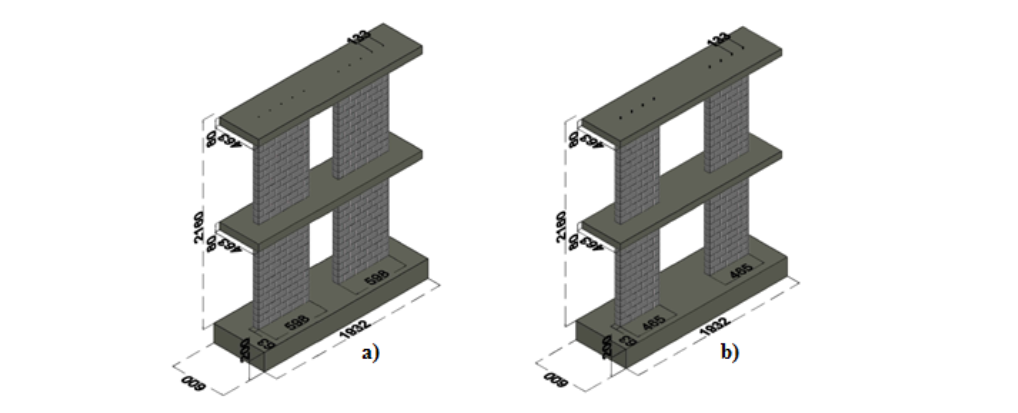1 PhD Candidate, Department of Civil Engineering, McMaster Univ., Hamilton, Canada. siyamm@mcmaster.ca
2 Associate Professor, Martini, Mascarin and George Chair in Masonry Design, Co-Director, Centre for Effective Design of Structures, Department of Civil Engineering, Hamilton, ON, L8S 4L7, Canada. eldak@mc
3 Professor Emeritus, McMaster Univ., Hamilton, Canada. drysdale@mcmaster.ca
ABSTRACT
Coupled walls in buildings may exist around door window openings, in staicases, elevator shafts, or as a building core system. In the case of reinforced masonry (RM), the walls are connected either by concrete slabs or masonry beams. As a seismic force resisting system (SFRS), coupled walls behave somewhere between a larger wall (with an equivalent length of the two walls and their connection) and a frame system. The current Canadian reinforced conrete (RC) design provisions in the CSA A23.3, sets two separate Rd factors for ductile coupled shear walls and partially coupled shear walls. The ductile coupled shear walls are set to a value of 4.0 while the other wall type is set to 3.5. On the contrary, the current Canadian masonry code, CSA S304.1, includes no Rd factors for coupled masonry walls. Compared to RC, there has not been a as much research on evaluating the seismic performance of reinforced masonry coupled shear wall systems despite its use throughout masonry buildings. The current study presents the results obtained from testing of two coupled RM shear walls with different coupling distances. The walls were tested under reversed displacement based quasi-static cyclic loading. All parameters were kept constant except for the coupling distance (and thus stiffness and strength) to study the effect of the degree of coupling (DOC). The walls were specifically not design as a coupled wall SFRS, and thus, the coupling slabs were reinforced meeting only the minimum slab reinforcements requirements. The paper alos discusses the ultimate load capacity reached by the walls and displacement ductilities attained at different wall performance levels.
KEYWORDS: coupled walls, degree of coupling, ductility, plastic hinges, reinforced masonry, shear walls, stiffness
369.pdf



